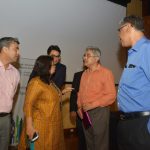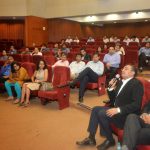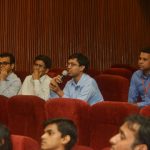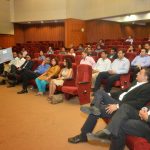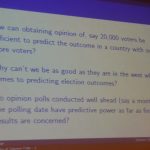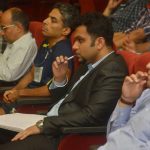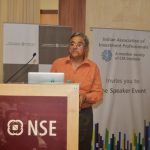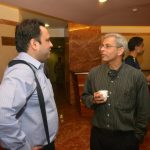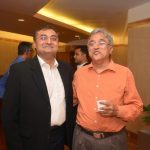- May 3, 2014
- Posted by: kunalsabnis
- Category:BLOG, Events, Mumbai, Speaker Events
Contributed by: Kunal Sabnis, CFA
It the present time when general elections are the most trending topic, Mumbai chapter of the IAIP hosted Dr. Rajeeva L Karandikar – Director, Chennai Mathematical Institute for understanding the science behind opinion polls as well as its drawbacks. Rajeeva started by acknowledging the fact that many opinion polls have missed the target in the past which were primarily because diverse Indian population as well as incorrect sampling.
The most important aspect of conceiving an opinion poll strategy is to set its objective because the selection of the sample as well as analysis of the socio-economic findings will differ a lot while predicting the outcome of Lok Sabha as compared to a particular constituency. Often doubted fact about opinion polls in India is that how can 20,000 opinions gauge the mood of 815 mn voters. Rajeeva explained that population size is not as important to denote the sample size as compared to vote share. In a two party race if 99% of population is expected to vote for one party, sample size of one is sufficient to predict the outcome with 99% accuracy. As the difference between the vote share reduces, the sample size has to increase to maintain the 99% accuracy. In the above example is the vote share is 95% vs 5%, a sample size of 3 will be sufficient for any size of population.
In a multi party race in India, Rajeeva considers elections state-wise and focuses only on 2-3 major parties in the state. Then he applies the expected vote share for all the seats in that state which are the outcome of the sample survey. It is very essential to choose a random sample which is a representative of the actual population. A mistake in choosing the right sample would invariably lead to incorrect prediction of the election result. The dynamics and demographics of the Indian population are so diverse that none of the international standards can be directly applied. Therefore converting findings of the sample survey into seats is the most critical job which is accomplished by using various statistical techniques. Rajeeva has written a software program to calculate the same.
The predictability of the opinion polls is depleted by two major factors which are the volatility of opinions and large proportion of the eligible & educated voters doesn’t vote. It has been found that between opinion polls and post election poll, 30% of Indian voters change their opinions hence post election poll is also conducted to iron out prediction volatility. Another hindrance is that people hesitate to say who have they actually voted for which has been largely addressed by usage of chit based ballot boxes during the survey.
Rajeeva then took us through the analysis of his past predictions which had more hits then misses. Most recent of all was the Delhi state elections where his prediction of the Aam Aadmi Party was closest to what they ended up achieving as compared to other predictions. The session was extremely informative ended with the question and answer session.



